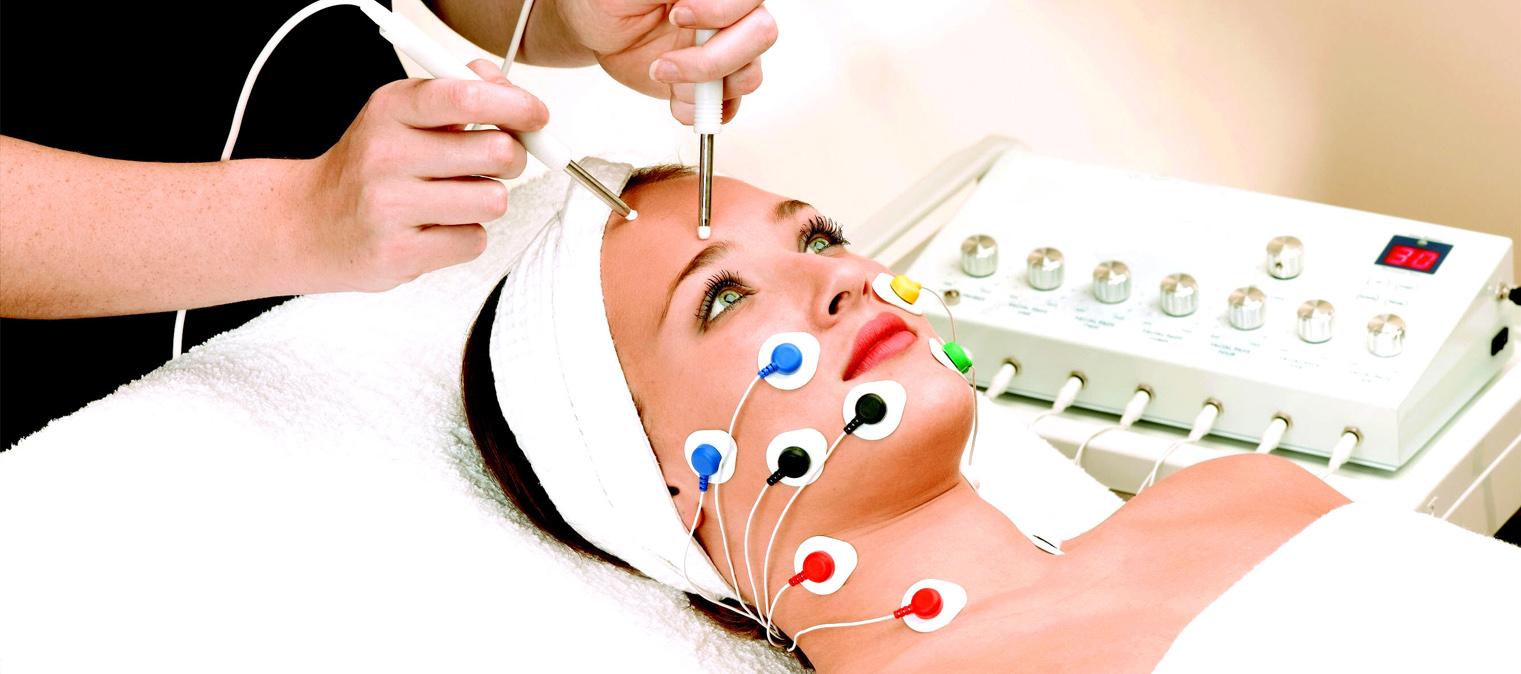Medical electrodes play a vital role in acquiring bioelectric signals from the body for diagnostic and therapeutic purposes. They act as an interface between the human body and medical electronics like electrocardiogram (ECG) machines, electromyography (EMG) machines, etc.
Types of Medical Electroces
Medical electrodes can be broadly classified into two categories based on their function - recording electrodes and stimulating electrodes.
Recording Electrodes
Recording Medical Electrodes detect and acquire bioelectric signals generated by physiological activity in the body. Some common types are:
- Electrocardiography (ECG) electrodes: Used to record electrical activity of the heart and perform ECG. They are placed on the chest, arms, and legs.
- Electroencephalography (EEG) electrodes: Used to record electrical activity of the brain and perform EEG. They are placed on the scalp.
- Electromyography (EMG) electrodes: Used to record electrical activity of muscles and detect nerve/muscle disorders. They are placed on the skin over the muscle being tested.
Stimulating Electrodes
Stimulating electrodes apply small electrical impulses or currents to stimulate certain parts of the body. Some examples include:
- Transcutaneous electrical nerve stimulation (TENS) electrodes: Used to relieve pain by masking pain signals through electrical stimulation.
- Pacemaker electrodes: Used to correct abnormal heart rhythms through electrical pulses from an implanted pacemaker.
- Deep brain stimulation (DBS) electrodes: Used along with implantable pulse generators to treat neurological disorders through electrical stimulation of specific brain regions.
Materials Used in Medical Electrodes
The material used for manufacturing medical electrodes impacts properties like biocompatibility, conductivity, stability, and duration of usage. Some commonly used materials include:
- Silver/silver chloride (Ag/AgCl): Highly conductive with long-term stability. Most widely used active electrode material. However, chlorides are toxic in large amounts.
- Gold (Au): Excellent biocompatibility but higher cost. Used in chronically implanted electrodes.
- Stainless steel: Inexpensive but prone to corrosion. Used in disposable electrodes.
- Carbon: Inert, dry, and stable. Used in some disposable electrodes.
- Titanium (Ti): Biocompatible and durable. Used in implantable electrodes.
Applications of Medical Electrodes
Based on their function, medical electrodes have applications in various diagnostic tests and therapeutic treatments. Some key applications are:
Electrocardiography (ECG)
ECG uses electrodes to record and analyze the heart's electrical activity through waveform patterns called ECG strips. It is used to detect abnormalities in heart rate and rhythm.
-ECG helps diagnose conditions like arrhythmias, heart attacks, electrolyte imbalances, etc. It is one of the most commonly performed cardiology tests.
Electroencephalography (EEG)
EEG uses multiple electrodes placed on the scalp to record electrical activity of the brain. It can detect abnormalities related to seizures, tumors, strokes, etc.
- EEG plays a vital role in diagnosis of neurological conditions like epilepsy. It is also useful during surgical procedures like epilepsy surgery for localization of seizure foci.
Electromyography (EMG)
EMG electrodes are used along with an EMG machine to test and diagnose neuromuscular disorders involving muscles and nerves.
- EMG helps detect conditions like amyotrophic lateral sclerosis (ALS), carpal tunnel syndrome, nerve injuries, etc. It is an important diagnostic tool for orthopedic issues and rehabilitation medicine.
Pacemakers
Pacemaker electrodes are implanted to deliver electrical stimulation to the heart and correct abnormal heart rhythms like bradycardia.
- Pacemakers have improved the quality of life for millions of people worldwide with arrhythmia issues. Different electrode configurations and locations are used depending on the specific cardiac condition.
Deep Brain Stimulation (DBS)
DBS involves implanting electrodes on specific brain sites linked to neurological disorders. Electrical pulses from the electrodes help control symptoms.
- DBS is an effective treatment for movement disorders like Parkinson's disease and essential tremors. Ongoing research is exploring its potential in other neurological and psychiatric disorders.
Medical electrodes are indispensable components that enable acquisition of bioelectric signals and delivery of therapeutic electrical stimulation in the body. Advancements in electrode materials and designs continue to widen their applications and improve patient care across cardiology, neurology, rehabilitation, and other clinical specialties. Electrodes remain a foundational technology supporting modern medical diagnosis and treatment.
Get more insights on this topic: Medical Electrodes
